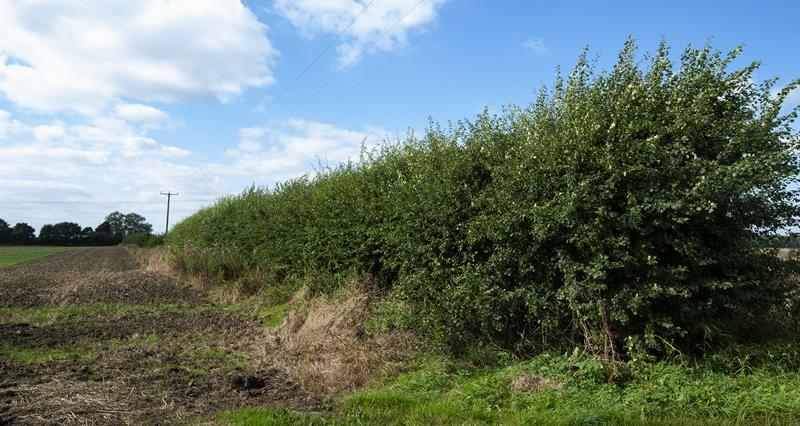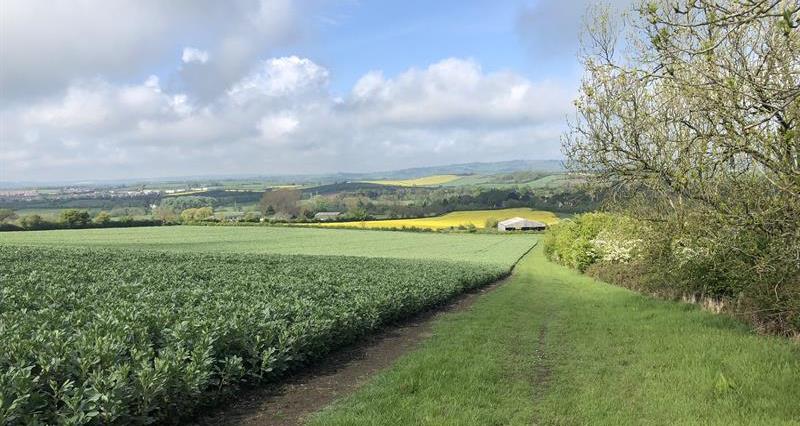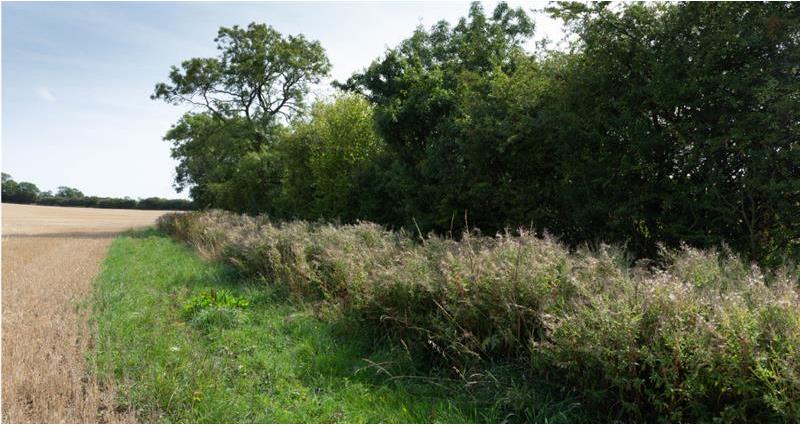Most farms have got a hedge, so the new SFI (Sustainable Farming Incentive) actions that pay for their care should be of interest.
In the SFI we have a better offer than we saw in CS (Countryside Stewardship). I say that because there are three actions you can be paid for instead of one – and it is possible to stack the actions.
In this case, you can stack all three hedge actions. So, if you have 100m of hedge, managing both sides, you can get a payment of £36 per year. Across a farm that soon mounts up.
There’s more, too. Many farms will already be in CS and have the hedge management option BE3. We have new flexibilities that allow you to apply for SFI actions on CS agreement area.
This means you can also stack the CS hedge option with the SFI offer, so long as you are not getting paid for the same action twice. If your hedge is in CS then you can apply for the SFI hedgerow assessment (HRW1) and average trees per 100m (HRW3).
The situation is similar for HLS (Higher Level Stewardship) agreements. It is possible to stack SFI actions on the same area. As currently written, only the hedgerow assessment (HRW1) can be stacked on hedges in HLS. The NFU is querying the rationale behind this.
The options:
HRW1 – Access and record hedgerow condition
You need to do an annual assessment of hedgerow condition and keep a record. It gives you an opportunity to think about your hedge condition and how it can be improved. It’s up to you how you do the assessment. We are waiting for more guidance on what might be expected.
HRW2 – Hedgerow management
HRW2 is about managing hedgerows so there's a range of heights and widths. In this action you can chose a suitable hedge cutting regime from:
- Incremental cutting
- Cut once in two years in late winter
- Cut one in three years
- Leave for coppicing/ laying.
Newly-planted hedges can be included and can be lightly trimmed each year. Note that in CS there were only two ways of managing hedges.
HRW3 – One tree per 100m
This is exactly as it says.
You need to have, on average, one tree per 100m of hedge. You can plant new trees and there are capital grants to do that available through CS. You can tag saplings to protect them from flailing. These will count.
To see the full range of options for SFI, head to: SFI – scheme guidance and information
Mapping
For the SFI application system to work well, your maps need to be up to date.
We are more than aware that the hedgerow data held by RPA is out of date.
Following NFU lobbying, your digital maps for hedges don’t need to be correct when you apply. You may be asked to update them later.
What’s in a name?
The definition of eligible hedges is broader than before. For SFI, the hedge can be up to 10m wide. It also includes Cornish and Devon hedges, an NFU win.
SFI 23 applications
The application system is gradually being rolled out. First, a few will be invited to apply to test the online systems. Any problems will be resolved before more join in and how this goes will determine when everyone can apply. You need to put in an expression of interest to be invited to apply.
It is advisable to take this time to get your maps up to date.
Hedge Facts
- Beyond birds, hedges support more than 2,100 species including 600 plants, 1,500 insects, 20 mammals including hedgehogs, dormice and most species of bat, and the great-crested newt.
- Hedgerows are the UK’s largest priority habitat.
- The NFU previously estimated that enlarged hedgerows could make a useful contribution towards our 2040 net zero ambition, potentially storing up to 0.5 million tonnes of CO2 per year.





